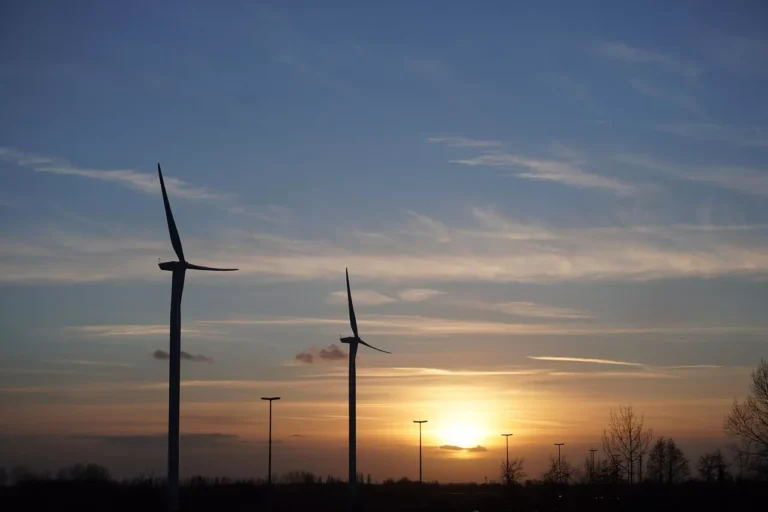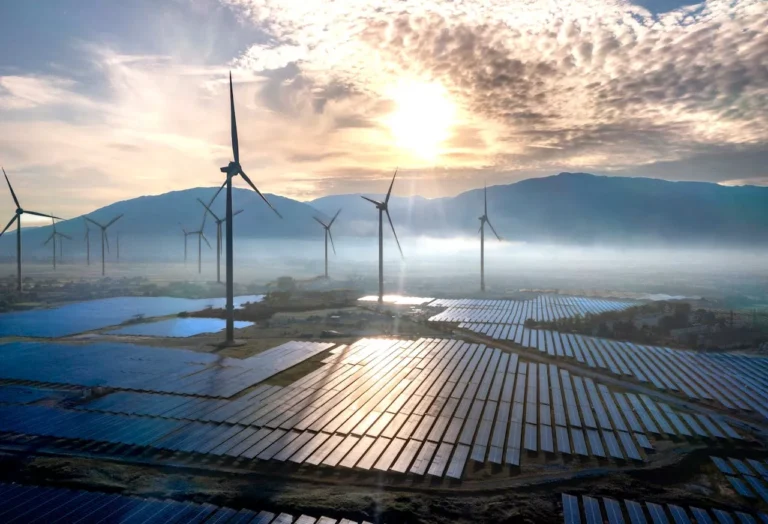
NEXT Energy Installs World’s First Large-Format Building-Integrated Organic Photovoltaic (BIPV) Façade at Santa Barbara Headquarters
NEXT Energy Technologies, Inc., a pioneering developer of transparent solar window technology, has reached a major milestone in its journey toward commercial deployment. The company recently completed the world’s first installation of a large-format commercial façade powered by its proprietary transparent organic photovoltaic (OPV) coating. This landmark demonstration of Building-Integrated Photovoltaics (BIPV) marks a critical step toward redefining how energy is produced and consumed within the built environment.
The system was installed at NEXT’s own headquarters in Santa Barbara, California. Comprising six transparent photovoltaic windows—each measuring 40 by 60 inches—the installation totals approximately 100 square feet of NEXT’s advanced energy-generating glass. This project is not just a showcase of aesthetic integration and cutting-edge technology, but a tangible demonstration of how the next generation of commercial buildings can meet sustainability goals through functional, power-producing façades.
A Breakthrough in Transparent Solar Technology
At the heart of the installation is NEXT’s proprietary organic photovoltaic (OPV) coating, a groundbreaking solar film that enables windows to generate electricity without compromising transparency or visual appeal. Each insulating glass unit (IGU) includes NEXT’s OPV coating on the exterior lite, allowing it to capture and convert ambient light into usable electricity. Electrical cabling has been neatly integrated through the window framing system, maintaining architectural uniformity.
The windows themselves feature a dual-pane insulating configuration. The outer lite is treated with the OPV layer, while the inner lite is a low-emissivity (Low-E) coated glass that enhances thermal insulation. These units were fabricated in collaboration with Viracon, a leading architectural glass fabricator known for producing high-performance glazing systems for commercial buildings. Walters & Wolf, a premier facade solutions provider, designed, supplied, and installed the framing system, ensuring seamless integration into the building envelope. Their involvement not only reflects the technical maturity of the solution but also demonstrates its compatibility with conventional glazing and facade supply chains.
Leadership Vision: Paving the Way to Scalable Clean Energy in Architecture
“This installation represents a pivotal step in our mission to commercialize organic photovoltaic technology for real-world building applications,” said Daniel Emmett, CEO, Executive Chairman, and Co-Founder of NEXT Energy Technologies. “The successful scaling of our OPV technology, both on glass and within complete façade systems, takes us—and the industry—closer to realizing a future where sustainability is designed into every square foot of urban infrastructure.”
According to Emmett, the Santa Barbara installation is performing as expected, generating power while maintaining the sleek, minimalist appearance demanded by modern architectural design. “We’re incredibly proud of the quality of the coating, the seamless installation, and the power generation performance we’re already seeing from this first installation,” he added.
Demonstrating Viability to the Building and Real Estate Sectors
By situating this installation at its headquarters, NEXT aims to offer stakeholders a first-hand view of how transparent solar windows can enhance both design and function. The site will serve as a demonstration facility for architects, real estate developers, construction professionals, and potential partners to observe the energy output, durability, and appearance of BIPV installations in real-world conditions.
“This is only the beginning,” said Jonathan Hafemann, Vice President of Commercialization and Growth at NEXT. “We now have a powerful, real-world proof of concept that shows how commercial facades can actively contribute to a building’s energy portfolio. We’re inviting the industry to reimagine windows—not just as passive architectural features, but as active, energy-generating assets.”
NEXT’s strategy includes partnering with architects, façade engineers, and construction stakeholders to accelerate the adoption of OPV glass as an integrated solution. Because the product can be fabricated and installed using existing glass and curtainwall industry practices, it offers a practical and scalable alternative to traditional rooftop solar panels, especially for high-rise or urban buildings with limited roof space.
Technology Benefits: Performance, Efficiency, and Grid Impact
Unlike traditional silicon-based photovoltaics, NEXT’s OPV coatings are lightweight, semi-transparent, and capable of harvesting light in the infrared spectrum, which is invisible to the human eye. This allows the glass to maintain a neutral tint and aesthetic transparency, a key advantage in commercial architecture where natural lighting and unobstructed views are essential.
From a technical perspective, a NEXT-powered facade can offset approximately 20–25% of the energy consumption typically associated with a standard commercial office building. This makes it a compelling solution for building owners and developers seeking to meet energy efficiency targets, earn LEED certification points, or comply with local building performance standards.
The technology’s ability to convert near-infrared light into power also contributes to improved thermal performance. By capturing solar heat before it enters the building, the OPV windows help reduce indoor cooling demands, alleviating stress on HVAC systems and lowering operational costs. This dual benefit of energy generation and climate control creates a more resilient and efficient building envelope.
Furthermore, the distributed generation capacity of these facades enhances grid stability. As cities transition to electrification and higher demands on utility systems, decentralized power production from building surfaces could play a critical role in load balancing, particularly in dense urban cores where grid stress is highest.
Accelerating Toward Commercialization
NEXT’s transparent OPV glass is part of a growing class of technologies aiming to transform how buildings interact with the environment. Unlike earlier BIPV efforts that often faced trade-offs in transparency, cost, or manufacturability, NEXT’s solution is positioned for real market entry due to its ease of integration and compatibility with existing construction workflows.
The Santa Barbara installation serves as a launchpad for broader adoption. In the months ahead, the company expects to announce additional pilot projects and strategic partnerships aimed at scaling deployment. These may include high-rise office buildings, university campuses, municipal projects, and retrofits of existing structures that require aesthetic uniformity and energy performance improvements.
NEXT’s roadmap also includes expanding its manufacturing capabilities to meet the expected increase in demand. With growing pressure from governments, regulators, and investors to decarbonize the built environment, technologies like OPV glazing will likely become a central feature of net-zero energy design strategies.










